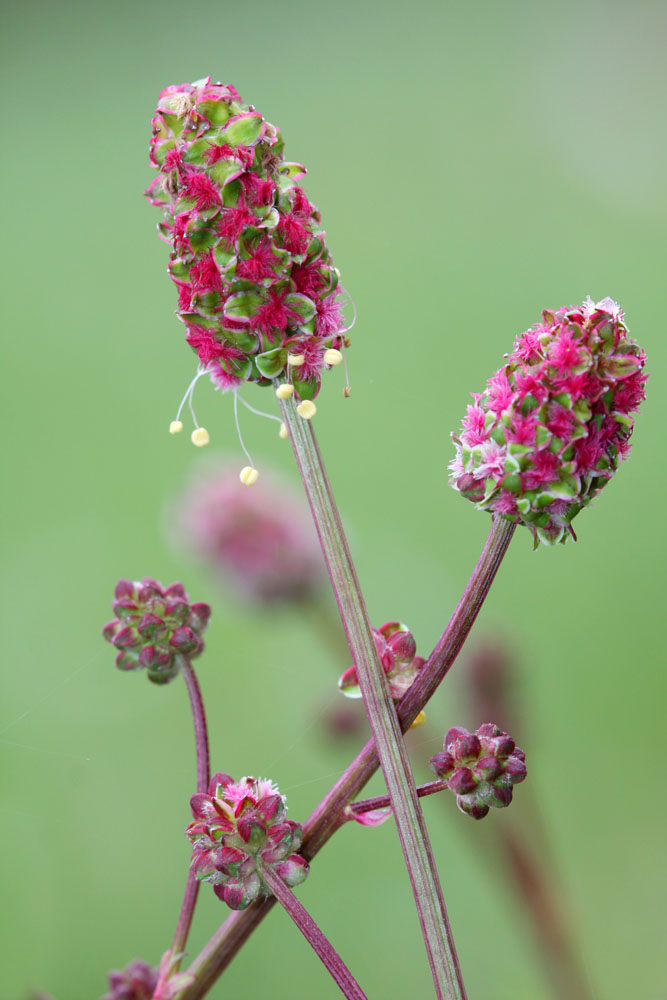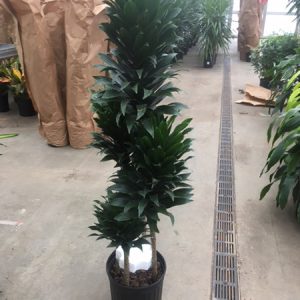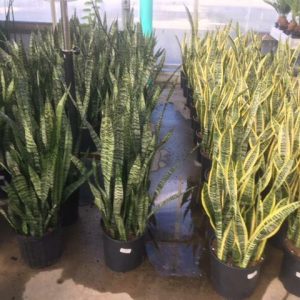Description
Sanguisorba – Burnet – Poterium –
There are 15-20 rhizomatous perennials or small shrubs, in the Rosaceae family, in this genus. They naturally occur in damp meadows, with a few form dry, grassy or rocky sites, in temperate and color regions of the northern Hemisphere. They produce, alternate, pinnate leaves, with mostly oblong to elliptic, serrated,, neatly veined , 7-25 leaflets, which in some species is glaucous. The leafy, wiry stems bear dense or loose, bottlebrush like, terminal spikes of small, fluffy 4 small petaled flowers, with red, pink, white, or greenish white sepals, and prominent stamens. Burnets are suitable for growing in a herbaceous or mixed border, and for naturalizing in a damp meadow garden or by water. Many species provide unusual flowers and foliage for cutting.
Grow in any moderately fertile, moist but well drained soil that does not dry out, in full sun or partial shade. Taller species usually require support. Divide in spring and/or autumn.
Prone to Cercospora leaf spot, and larvae of some Lepidoptera.
S. minor – Salad Burnet – Garden Burnet – Poterium sanguisorba – This rhizomatous, clump forming perennial from Southwestern and Central Europe, Northern Africa, Western and Central Asia and the Canary Islands grows 12-30″ tall and wide. From upright stems it carries pinnate leaves up to 6″ long, divided into 4-12 pairs of rounded elliptic, toothed leaflets, 3/4″ long. Leaves are used in salads for their cucumber flavor. From late spring to late summer it bears tiny purplish flowers on dense, oblong spikes to 1″ long.
Zones 4-8





